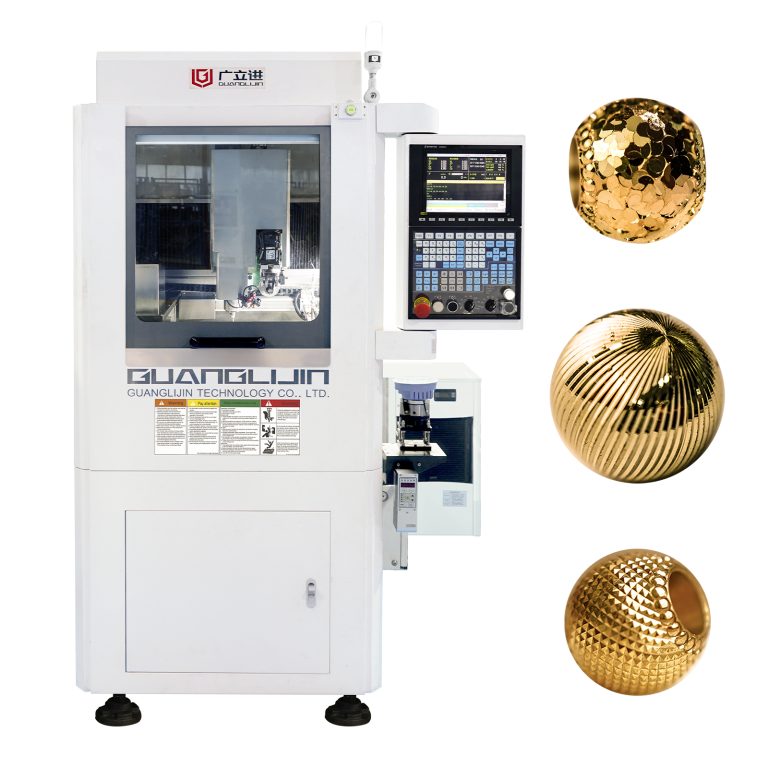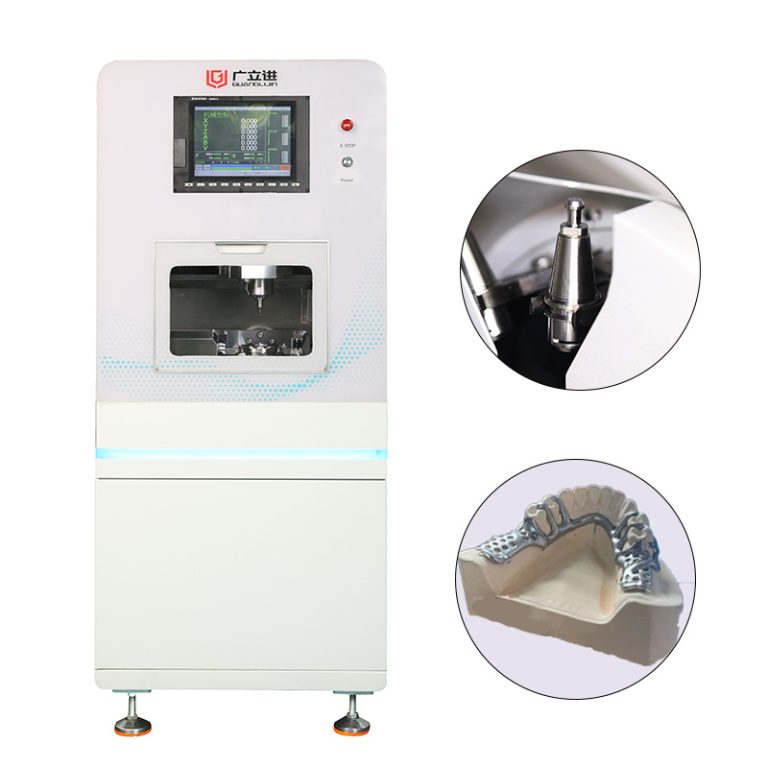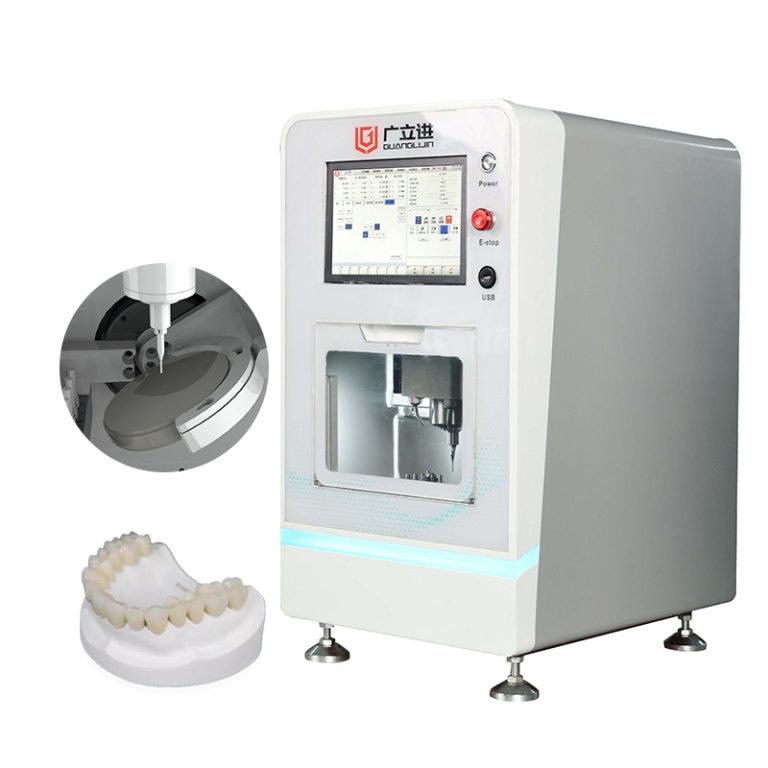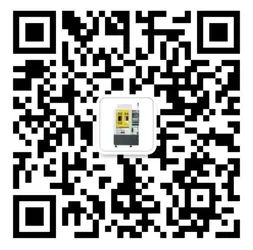CNC Grinding Machine Buying Guide: Key Features Compared
The Precision Equipment Selection Challenge
Selecting the right CNC grinding machine requires balancing technical specs with operational needs. With prices ranging from $50,000 to $500,000+, manufacturers must make informed decisions. The wrong choice can lead to accuracy issues, production bottlenecks, or costly maintenance.
According to Machinery Market Research 2024, 62% of buyers prioritize machine rigidity first, while only 28% focus on control systems. This often leads to mismatched purchases.
Surface Grinders vs. Cylindrical Grinders: Head-to-Head
| Feature | Surface Grinding Machines | Cylindrical Grinders |
|---|---|---|
| Best For | Flat surfaces, slots, contours | Round parts, shafts, bearings |
| Accuracy | ±0.002mm typical | ±0.001mm achievable |
| Workpiece Size | Up to 2m x 1m tables | Max 500mm diameter |
Interestingly, many shops need both types. Our 2025 upgrade project revealed that combining them increased productivity by 40%.
5 Critical Selection Factors Explained
Beyond Basic Specifications
- Spindle power: 10-15HP handles most steels, while hard alloys need 20HP+
- Axis configuration: 3-axis suffices for simple work, 5-axis needed for complex geometries
- Control system: Fanuc and Siemens dominate, but check software compatibility
- Coolant system: High-pressure (70bar+) improves wheel life and surface finish
- Measurement: In-process gauging reduces setup time by up to 80%
Pro tip: Always test grind sample parts with your actual materials before purchasing.
Costly Buying Mistakes to Avoid
⚠ Warning: Don’t underestimate floor space needs. The average CNC grinder requires 25% more space than its footprint for operation and maintenance.
⚠ Warning: Avoid “bargain” machines without proper service support. Repair wait times can exceed 6 weeks for some imports (Industrial Maintenance Report 2023).
Surprisingly, air quality matters. Dust and humidity can reduce machine life by 30% in harsh environments.
Technology Showdown: Conventional vs. CNC Grinding
Modern CNC machines offer advantages that go beyond automation:
- Consistency: CNC maintains tolerances through 10,000+ cycles
- Flexibility: Quick changeovers between different parts
- Documentation: Automatic recording of grinding parameters
However, manual machines still excel for one-off repairs and prototype work where programming time outweighs benefits.
Pre-Purchase Verification Checklist
Essential checks before signing the order:
- ☑ Confirm wheel changing system matches your abrasives
- ☑ Test vibration levels at maximum RPM (should be <0.5µm)
- ☑ Verify available options (coolant filtration, mist collectors)
- ☑ Review service contract terms and response times
- ☑ Check available training for your operators
Frequently Asked Questions
What’s the price range for quality CNC grinding machines?
Entry-level models start around $80,000, while high-precision CNC cylindrical grinding machines for aerospace can exceed $300,000. The sweet spot for most manufacturers is $120,000-$200,000.
How important is machine rigidity in CNC grinders?
Extremely critical. Rigidity affects surface finish quality and wheel life. Look for machines with natural frequencies above 100Hz for precision work.
Can CNC grinders handle both roughing and finishing?
Yes, but it’s better to use separate machines or wheels. Rough grinding removes material quickly while finishing achieves tight tolerances and smooth surfaces.
What maintenance do CNC grinding machines require?
Daily cleaning, weekly lubrication checks, and quarterly spindle alignments. Annual professional servicing maintains accuracy specifications.




